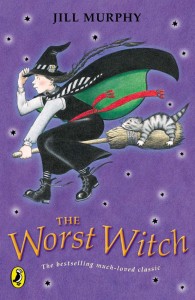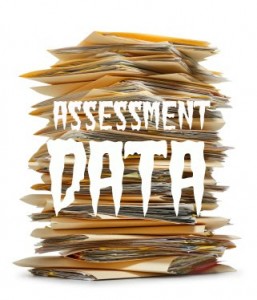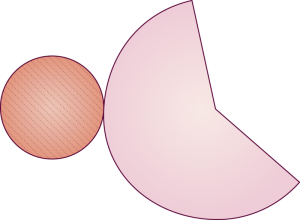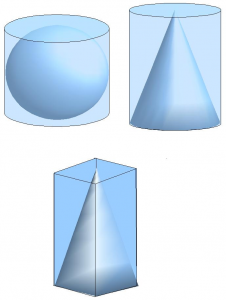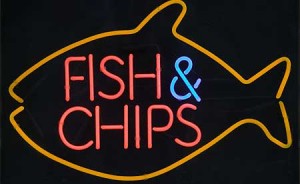Are you fed up of explaining the difference between a histogram and a bar graph/chart?
Cheer up! Help is at hand…
I teach a class of bright students with very little self-belief in their abilities and total fear of leaving their comfort zone. Instead of telling them what to do and set page X of textbook Y, I let them tell me what was going on and let them take small steps. After all, you wouldn’t take a beginner climber up the North face of the Eiger, would you?
Let us begin:
Download this simple comparison file: What is a Histogram? (pdf)
First I gave the students individual time to write down what they observed. They then compared their answers in pairs/threes. Finally, I collected their observations together on the board (where I had projected up the comparison worksheet).
This hands on approach allowed the students to understand how a histogram is constructed. There were fewer students thinking that histograms are just bar-charts where the bars touch.
Download the step by step worksheet: Histogram calculations step by step
(Alternatively you can download the worksheet with RAG123 self-assessment at the end: Histogram calculations step by step RAG123 )
This worksheet allows students to get the feel for calculating frequency densities without stress. The instructions are gradually removed, until students are just working from a data source. Then students practise drawing histograms.
It is also a handy revision resource – my students referred back to this worksheet when they were stuck in subsequent lessons, rather than ask me!

